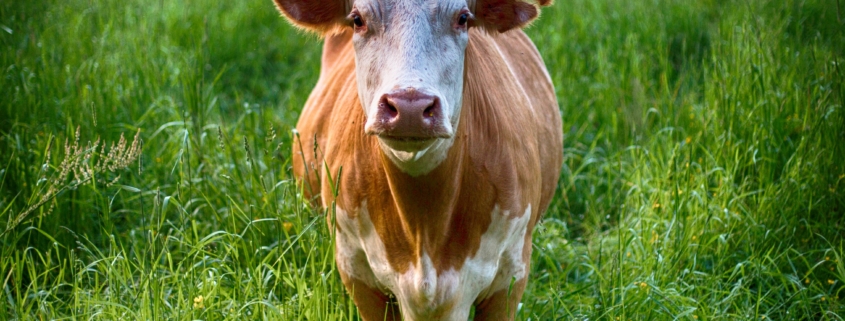Boost Biodiversity with Regenerative Agriculture
When you were growing up, how often did you have to clean your windshield? And how often do you have to do that now?
The universal answer is that remarkably few insects goo up our windshields today, even relative to a few decades ago.
The insect apocalypse is worldwide in scope, and is directly related to how we produce our food. One study estimates that we’ve lost 76 percent of insect biomass over the past 27 years. Two primary drivers of this staggering biodiversity loss are habitat loss associated with the industrialization of our food system, and the unintended consequences of agrichemical use. Reforming our food system gives us a powerful tool for combating this extensive biodiversity loss, and regenerative food systems can overcome many of the drivers of insect loss.
Ineffective Pest Control
Integrated pest management (IPM) was fighting a battle it could never win. In 1959, it became clear that our over-reliance on chemical pesticides was failing, and some scientists in California devised a systematic approach to pest management that could reduce chemical use and increase crop yield.

